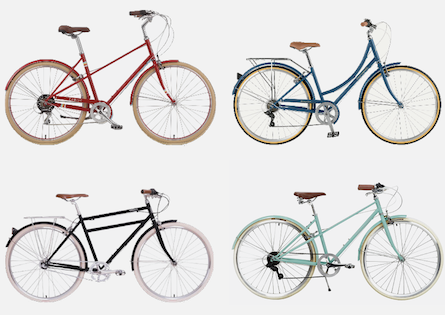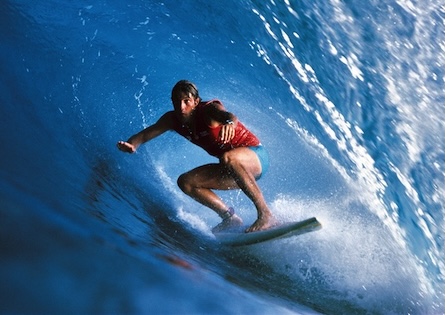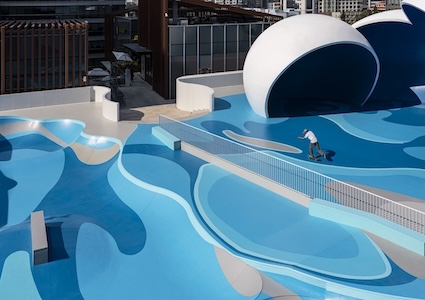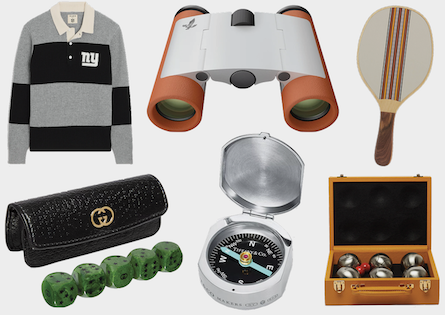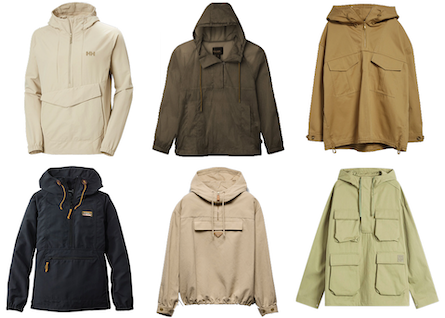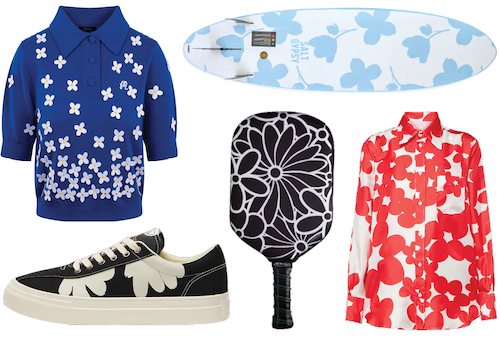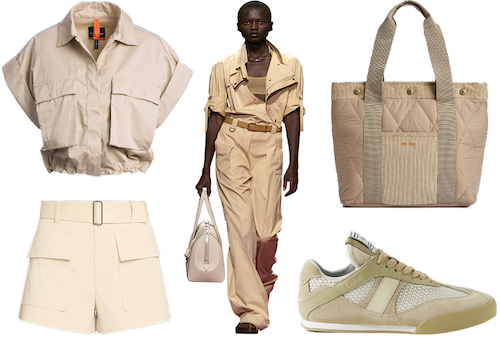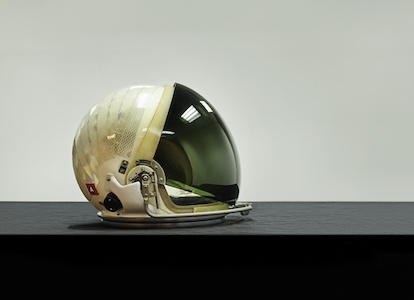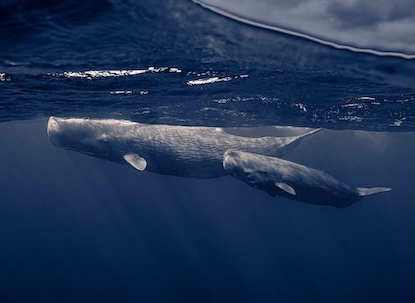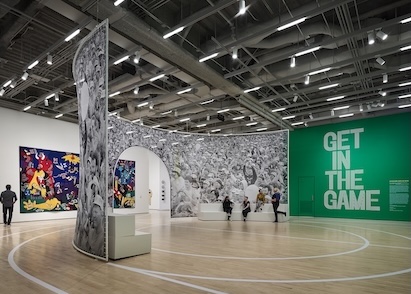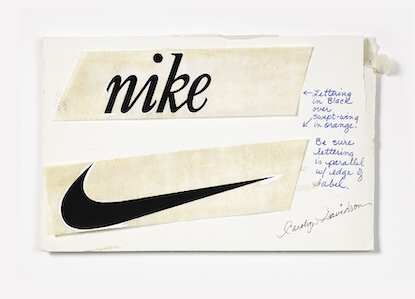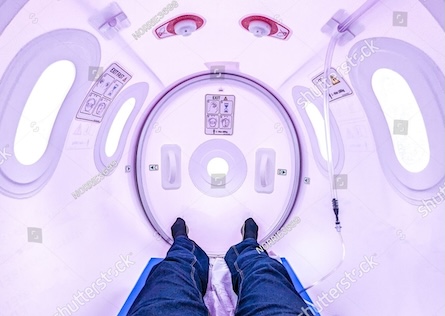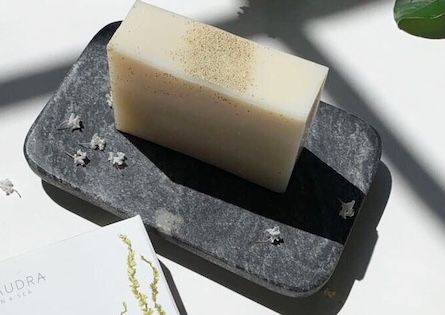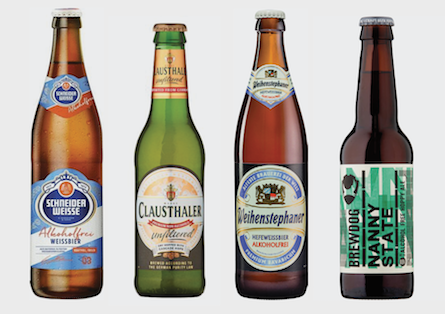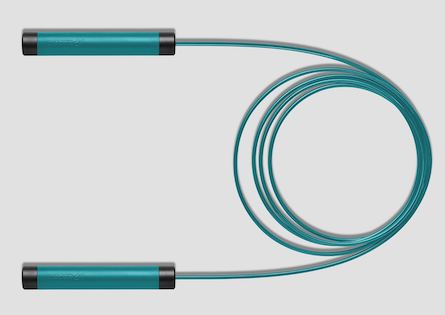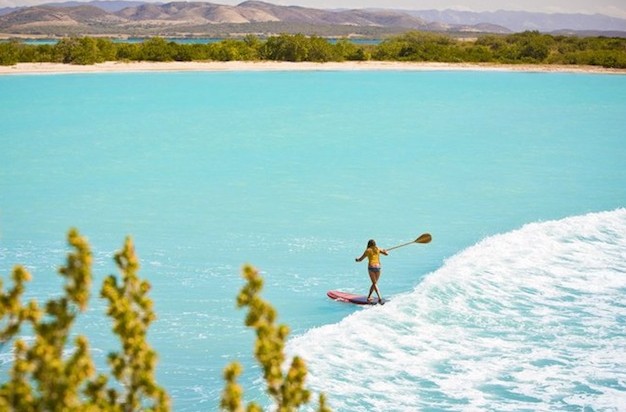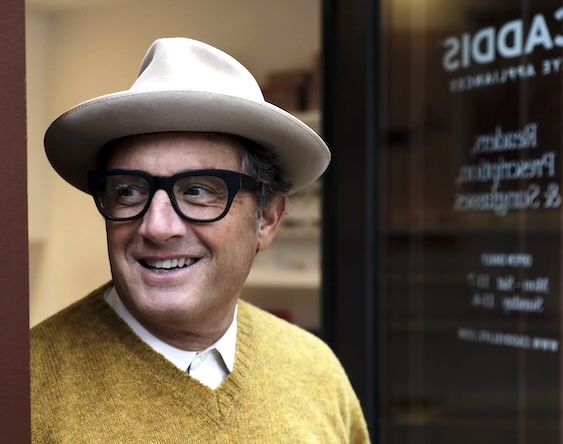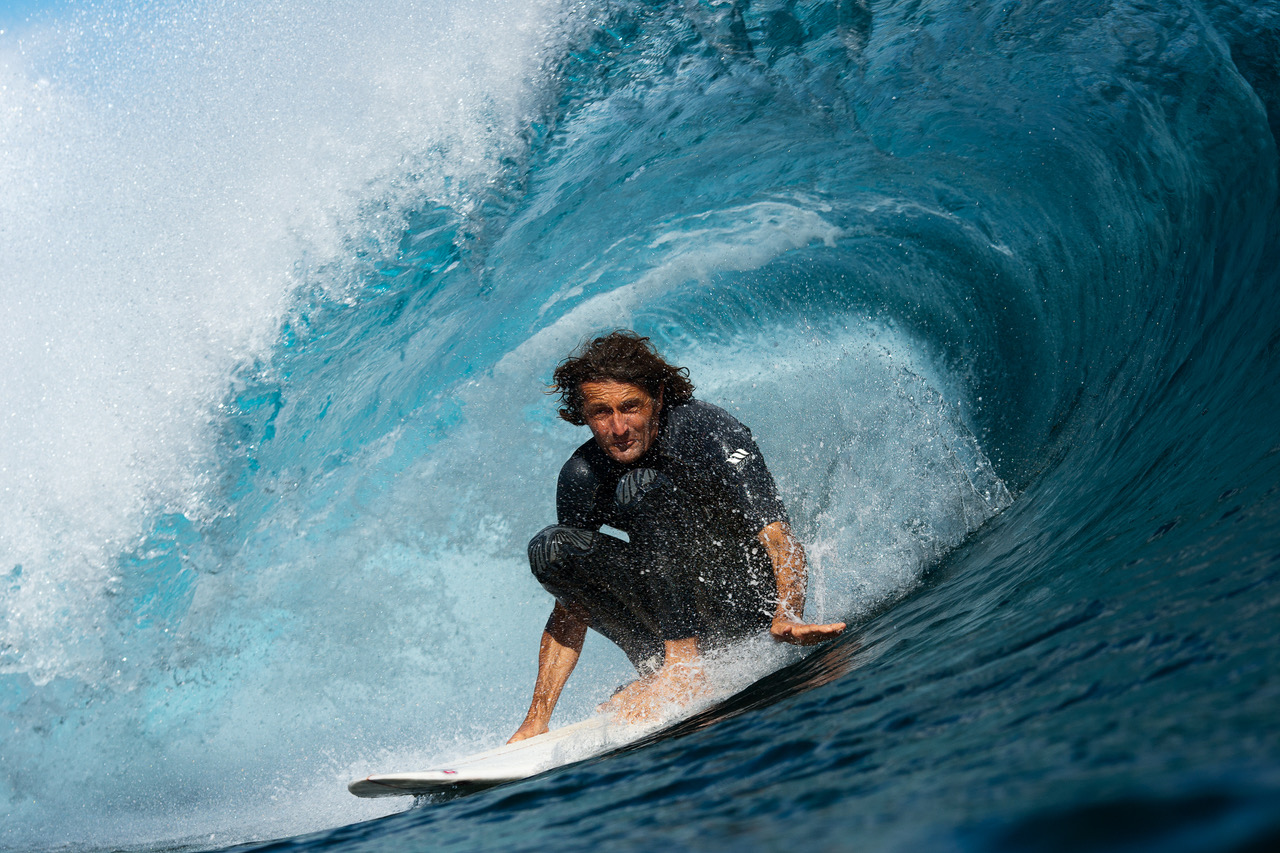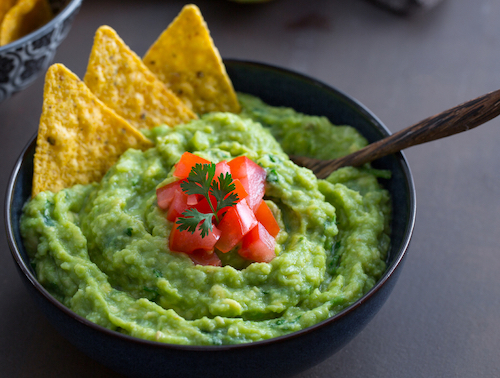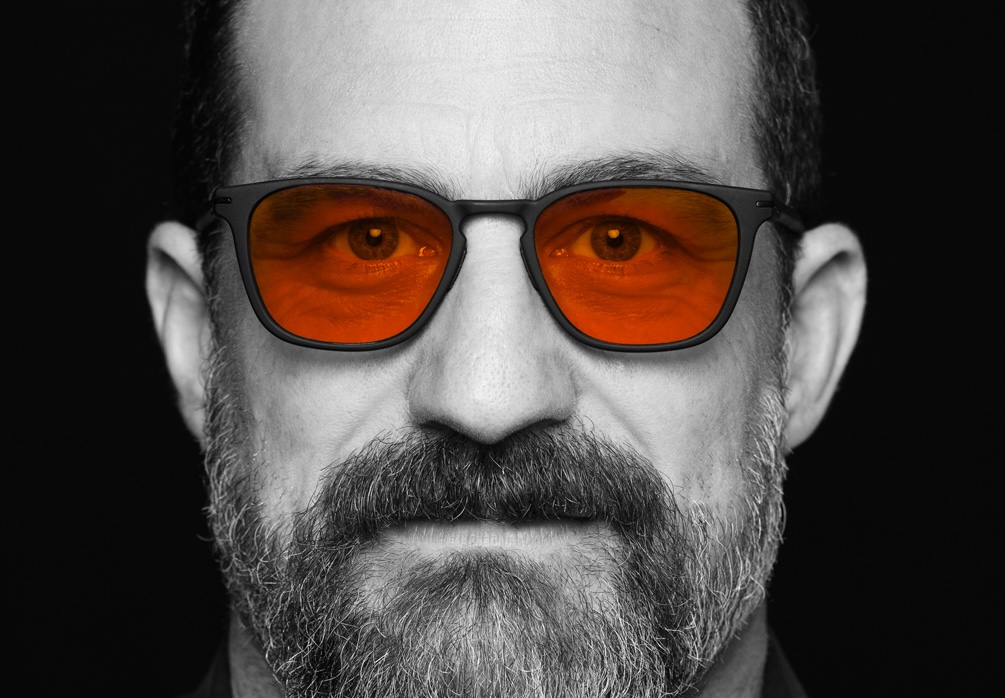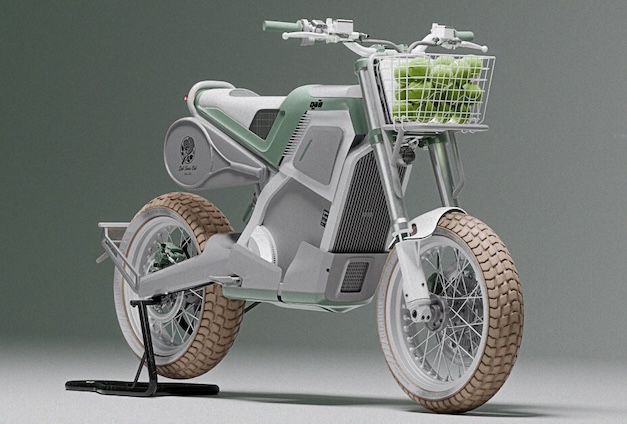PHOTOGRAPH BY EMBRY RUCKER
While many of us have been out there Stand Up Paddlesurfing for a while now, the sport has really started booming and is fast becoming one of the most popular watersports. There is so much to love about the sport, called SUP for short. It can be done on any body of water — ocean, bay, lakes and rivers; it’s fairly easy to learn; and is a fun way to enjoy the great outdoors while getting an amazing core focused workout.
There are many newcomers eager to give Stand Up Paddlesurfing a try, as well as more experienced paddlers looking to improve their skills. In either category the most important consideration is the equipment and there is a plethora of beautifully designed boards on the market from which to choose. Novice paddlers should opt for a wider and flatter board, which offers more stability, while more experienced paddlers can go with a narrower board for better maneuverability.
ALL WATER BOARDS
ROXY SUP ( 10’6 x 32″). Fun entry leval board that’s lightweight and durable made with Surftech Tuflite construction; STARBOARD CRUISER ( 12’6 x 30″). From one of the biggest SUP manufacturers comes this long and fast cruiser designed for the open water. Rail shape and nose lift is perfect for catching your first waves too. SURFTECH/LAIRD (available in 10, 11 and 12′ lengths). Wide nose provides stability for beginners, while narrow pintail allows responsive turning for more experienced paddlers. ROGUE RASTA (available in 10’6, 11’6, 12’6 lengths). Designed for smooth paddling in flat water, as well as performance in the surf. NAISH NALU SERIES. From one of the most recognized names in surf, the Nalu series comes in a wide variety of lengths and widths designed for all levels of paddlers.
These days SUPs are available in 2 main catagories –All Water boards and Racing/Touring boards, although within each category are boards designed for various types of paddling. The All Water boards have a traditional surfboard shape, with a nose designed to skim the surface of the water. The Race/Touring boards have a pointed nose or bow, with a kayak-like “displacement” hull, designed to cut through the water for long distance paddling and speed. These boards are generally longer, usually 12’6″ or 14′, as more surface area makes for more efficient paddling. The tail is usually flat as they are primarily designed to go straight. As these boards tends to be narrower, the straight tail adds more stability.
RACE / TOURING BOARDS
JM PADDLEBOARDS (available in 12’6″ & 14′). From multi Molokai-to-Oahu World Champion and Battle of the Paddle winner Jamie Mitchell comes this streamlined raceboards designed for pure speed; BARK COMPETITOR (12’6 x 29″). Joe Bark Paddleboards is widely recognized as the leading brand in ocean endurance community and probably the most raced SUP; RIVIERA/404 MONSTER 2.0 (12’6′ x 28.5″). Designed by SUP champion racer Danny Ching, this high-performance race board is another fast one built to cut through rough open water with ease; IMAGINE PADDLE SURF MISSION (12’6 X 30″). A fast and stable flatwater board, the Mission is perfect for your everyday paddler but still a performance board built for speed in competition. LAIRD/BARK RACE. From Laird Hamilton and renowned shaper Joe Bark comes this fast but stable smooth gliding race board. It’s built for bigger paddlers but perfect for all levels.
Many people opt to take a lesson when first getting started, but for the fairly coordinated, there isn’t that much to it. You basically want to start on your knees, paddle a few strokes to get some forward momentum, stand up and go. An efficient paddle stroke is key after that.
I recently spoke with renowned windsurfer, big wave and stand-up paddlesurfer Dave Kalama, and asked him for some basic paddle tips he could share. Kalama is credited along with his good friend and surf partner Laird Hamilton for bringing what had been an ancient Hawaiian mode of water transportation, Stand Up Paddling, onto the mainland and into the mainstream. One of the mistakes people make, he told me, besides having the paddle facing the wrong direction (it’s somewhat counter intuitive, but the obtuse angle faces forward), is not having proper hand placement on the paddle. If you hold the paddle over your head, with one hand on top and the other mid-shaft, you want to make sure both elbows are at 90 degrees. The most effective part of the paddle stroke is in front of your feet, and Kalama advises reaching as far forward as you can, dropping at the hips as your shoulder goes forward, while keeping your weight centered over your feet. Once the paddle is at your feet, its time for the next stroke.
So with a good stretch of warm weather still ahead and those beautiful fall months on the horizon, if you haven’t gotten on a SUP yet, maybe want to get into racing, or test your skills on some waves, you still have lots of time to get out there and paddle, paddle, paddle. The best is yet to come!
